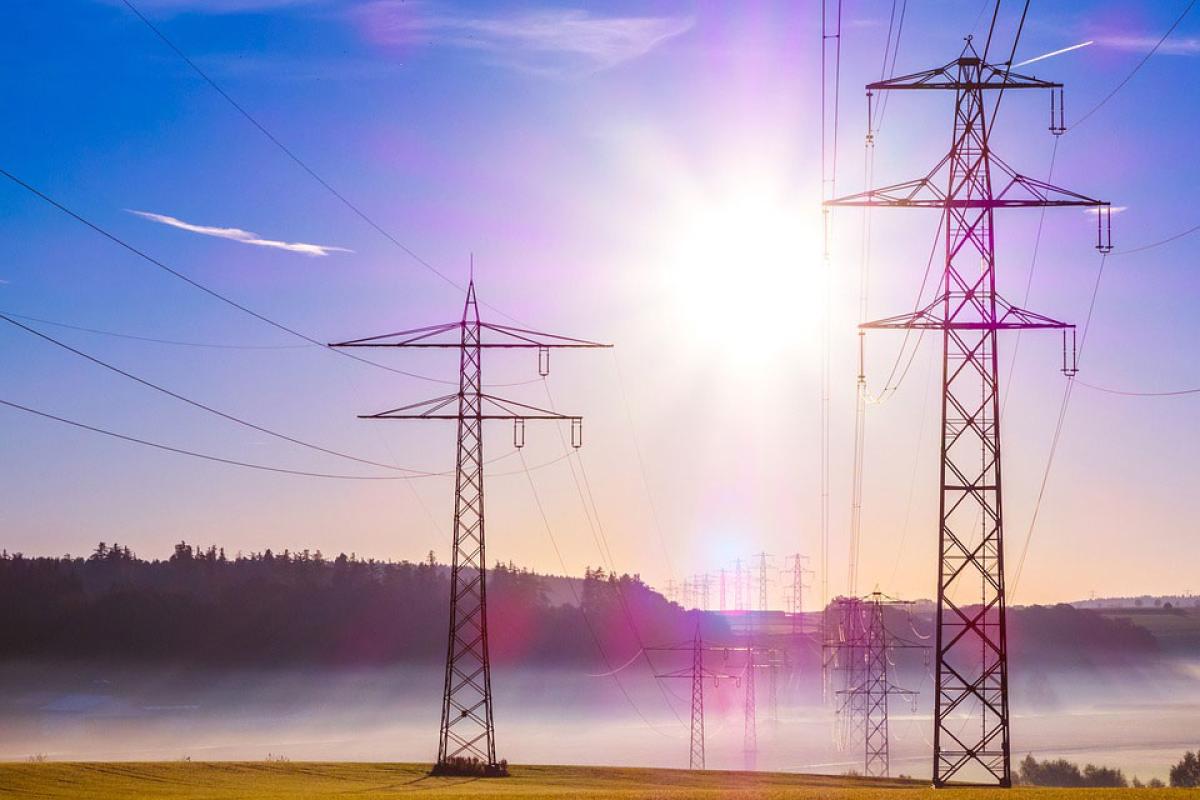
PhD Student, Glasgow Caledonian University
Signal processing is exploited in daily industrial applications for analysis purposes, particularly in the power generation field. Consider the example of a high voltage power supply site – a plant that contains power generators and transformers. Such systems are susceptible to Electro-Magnetic Interference (EMI), produced during the operation of the system or due to fault occurrence. For instance, failure in insulation of cables can result in electric discharge through the insulation breakdown known as Partial Discharge (PD), or a physically broken part in the mechanical asset that can lead to an arc fault, a high power discharge of electricity between two or more conductors. This discharge translates into heat, which can break down the wire's insulation and possibly trigger an electrical fire or a disastrous failure of the whole system, not to mention production, cost loss, safety and other downtime issues. Traditional signal processing techniques, such as Fourier Transform, can be applied to analyze and identify EMI discharges.
The occurrence of these conditions can be captured as vibrations, acoustics or video signals characterized by a physical artifact, and when analyzed using advanced signal processing techniques, the time and frequency of these signals can reveal unique patterns – patterns that can be very useful in the diagnosis and even prognosis of fault occurrence in high voltage power supply systems.
With real-world signals, noise is a very common issue in signal processing applications: it masks the meaningful information contained in the signal, affecting the accuracy of signal analysis and interpretation of the useful information. And the nature of such signals is complex, making their analysis challenging. Fortunately, there also exist a wide number of signal processing methods for noise removal. Advanced signal processing methods employ strong mathematical tools, such as Machine Learning (ML) and convex optimization that can successfully treat the signals.
Consider the example of audio recording device with which sound present on the industrial site is captured. The signal may be captured around a cable to measure PD, then processed on a programmed hardware device. The running software on this device is a form of signal processing algorithms that first perform “pre-processing,” which commonly includes noise removal and shaping the signal to fit in the algorithms. Next, the relevant information on EMI conditions is retrieved using suitable feature extraction methods. The extracted features are then used in pattern recognition to identify the presence of EMI conditions, if any, in the system. The severity of the fault can also be determined through the use of appropriate features. Pattern recognition can be seen here as classification of different EMI scenarios using what is called machine learning.
To better understand what is meant by classification or machine learning, let’s take the example of humans’ learning and recognition skills that enable them to distinguish between things, words, faces, etc. Programmed machines, referred to as ML, were developed to have similar capabilities: they can differentiate between patterns of interest and classify them in their appropriate categories, through extensive learning of several instances.
The learning process of the machine can be explained using the example of a child who is learning about types of fruit for the first time. Usually a child is given a picture of apple, orange, banana, etc. with their associated names. By repeating the process, the child will learn the characteristics and names of these fruits. Then, if the child is shown one of the pictures, he will be able to identify which fruit is in that picture. Pattern recognition using machine learning is similar to this scenario where the child is seen as the machine that learns EMI signatures along with their associated labels from initial data set, and then is able to identify those signatures if they appear in new data sets.
The contribution of signal processing in condition monitoring helps to provide automatic and continuous surveillance of defects in high voltage power systems with minimum requirement of expert personnel. Now think of the different applications where this type of signal processing can be exploited.
